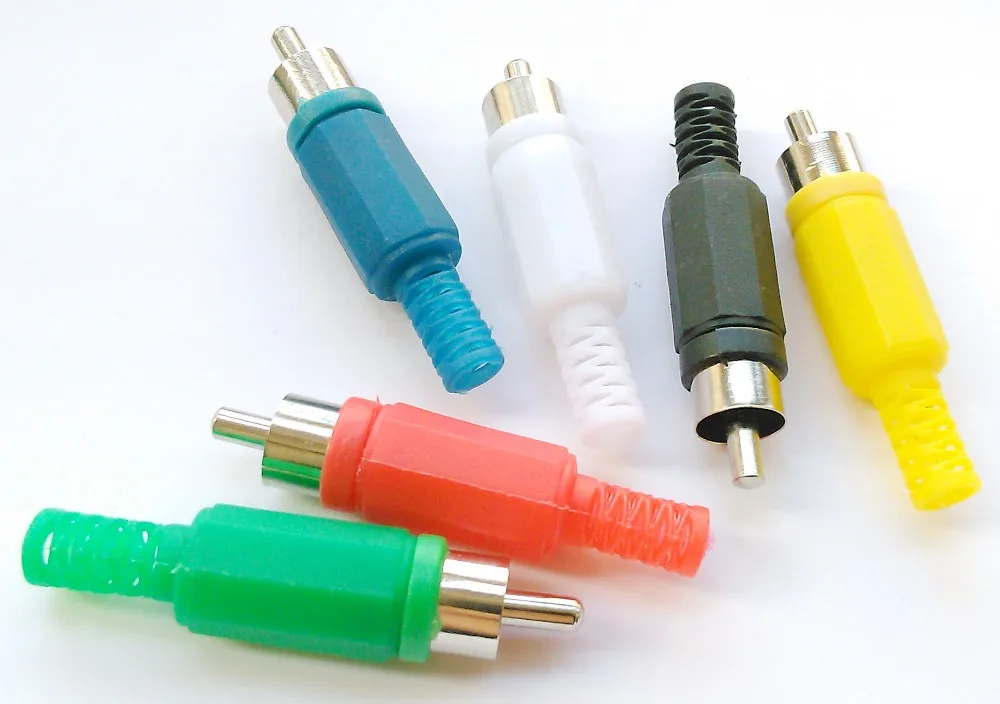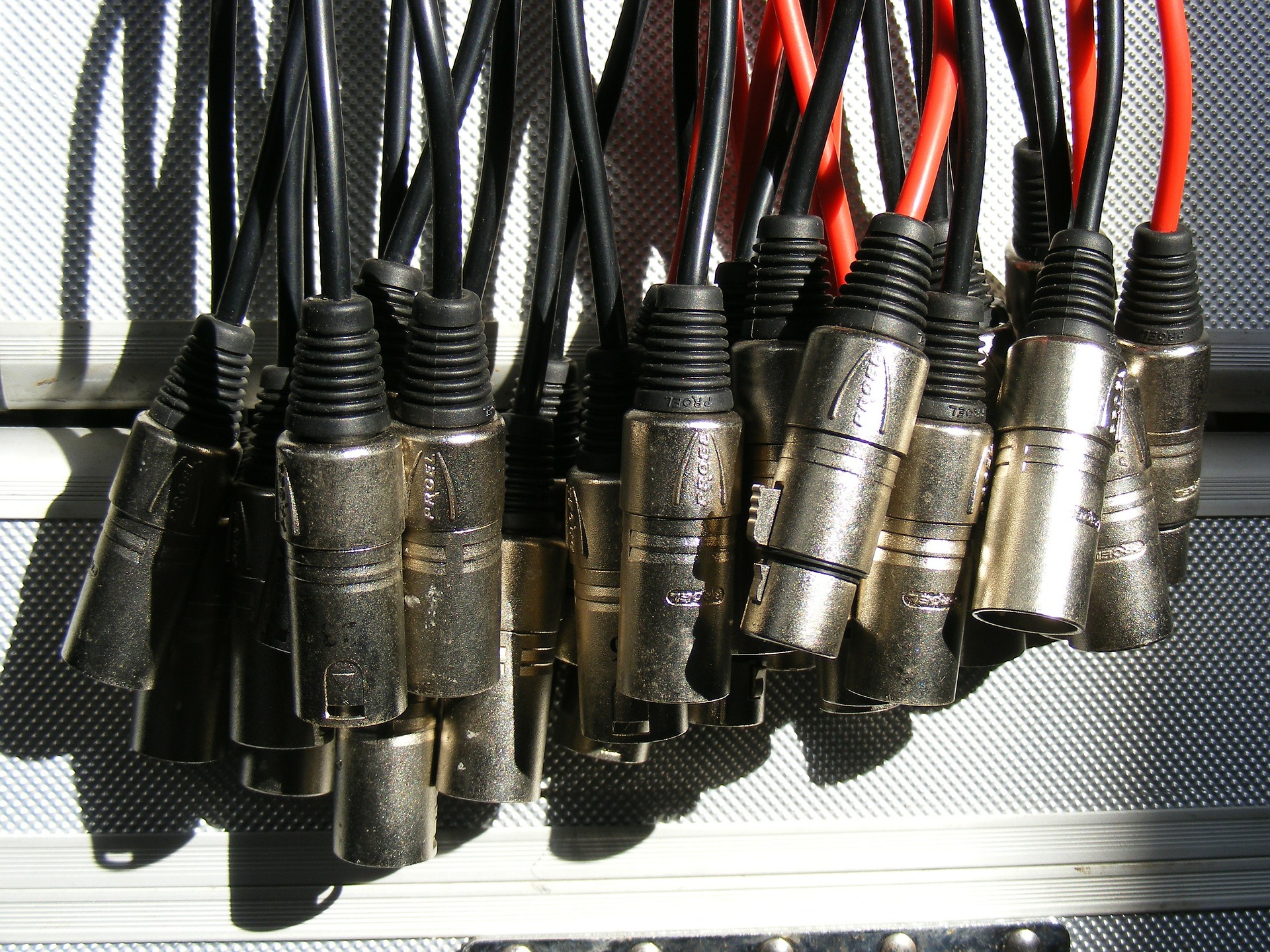

Connect the left speaker to the terminals marked on the right on the receiver

Read on for the consequences of the most common mistakes when connecting speakers with wires. It’s human nature to make mistakes, and it’s fairly easy to do so when connecting speaker wires. What if I connect the speaker wires wrongly? Verify that sound is coming from each speaker and that the audio quality is satisfactory.īy following these steps, you can successfully connect the speaker wire to a receiver or amplifier. Once all connections are made, power on your audio system and play some audio. If you have multiple speakers, repeat steps 4 to 6 for each speaker, connecting them to the appropriate terminals on the amplifier/receiver. Give the wire a gentle tug to make sure it is firmly in place. Repeat this process with the negative (-) end of the wire and the corresponding negative terminal.Įnsure that all connections are tight and secure. Insert the positive (+) end of the wire into the positive terminal and tighten it securely. Locate the speaker input terminals on the back of each speaker. Repeat this process with the negative (-) end of the wire and the corresponding negative terminal. Insert the exposed positive (+) end of the speaker wire into the corresponding positive terminal and tighten it securely. Refer to the guidelines mentioned earlier to identify the positive (+) and negative (-) ends of the wire.Ĭonnect the wire to the amplifier/receiver The exposed portion should be about 1/2 inch to 3/4 inch (1.3 to 1.9 cm) long, exposing the inner conductors. Measure the distance between your amplifier/receiver and the speakers to determine the length of speaker wire you need.Ĭarefully strip off a small portion of the insulation from both ends of the speaker wire. If you get a negative or no continuity reading, try switching the probes to the other ends of the wire.

These markings can include color coding, text (e.g., “+” or “-“), or a stripe along one side of the wire. Look for markings: Some speaker wires may have markings to indicate polarity.To understand where which end is, follow these general guidelines:
#SPEAKER WIRE CONNECTOR TYPES HOW TO#
How to define the positive and negative ends of a speaker wire?ĭetermining the positive and negative ends of a speaker wire is essential for connecting speaker wires. In comparison, thinner wires with higher gauge numbers (e.g., 16 AWG) can be used for shorter distances or lower-power setups. Thicker wires with lower gauge numbers (e.g., 12 AWG) have lower resistance and are better suited for longer distances or high-power applications. The size or gauge of the speaker wire determines the wire’s electrical resistance and ability to transmit power. It is specifically designed to transmit the audio signal from the amplifier to the speaker with minimal loss of quality or distortion. Why should I use speaker wire connectors?Ī speaker wire is an electrical cable used to connect an audio amplifier or receiver to a speaker.What if I connect the speaker wires wrongly?.How to connect speakers with speaker wire.


 0 kommentar(er)
0 kommentar(er)
